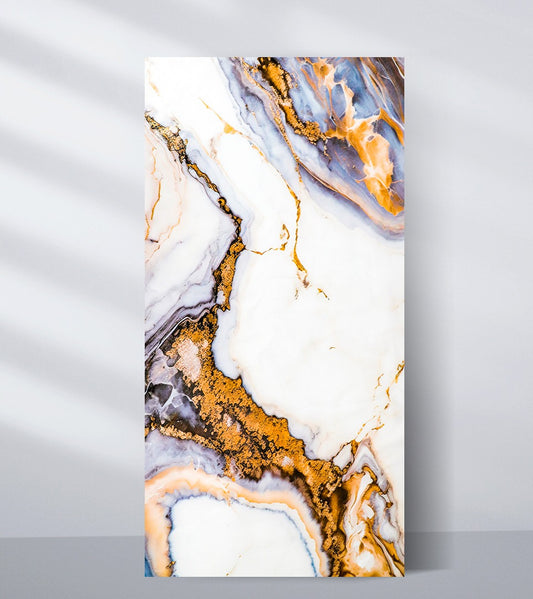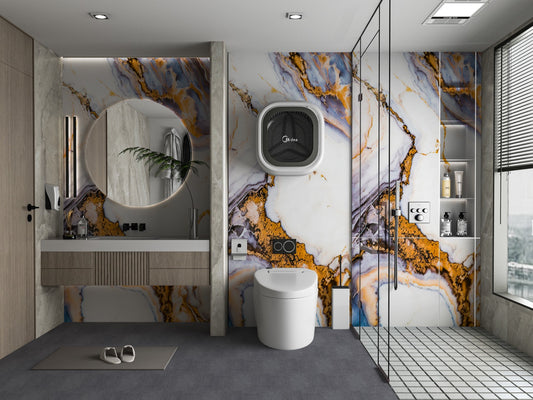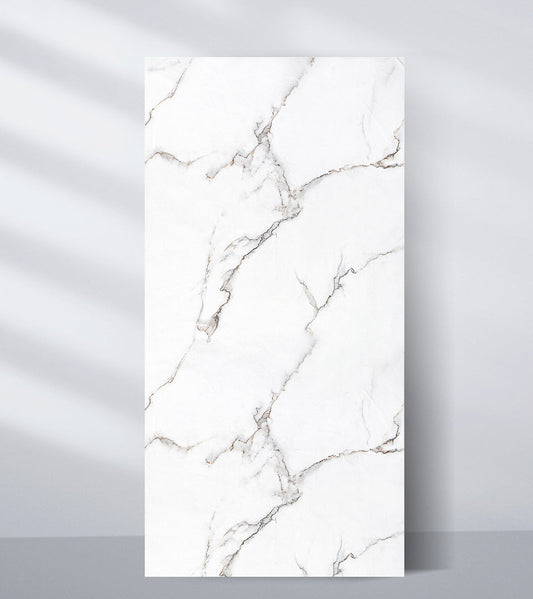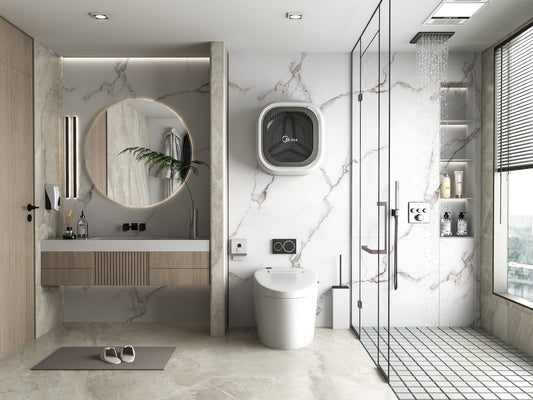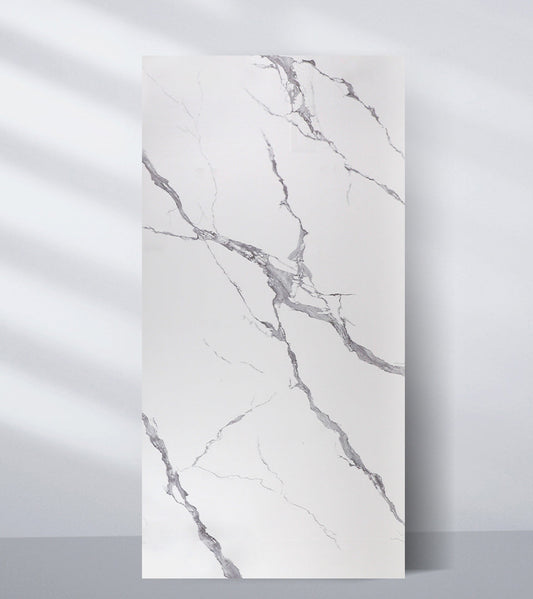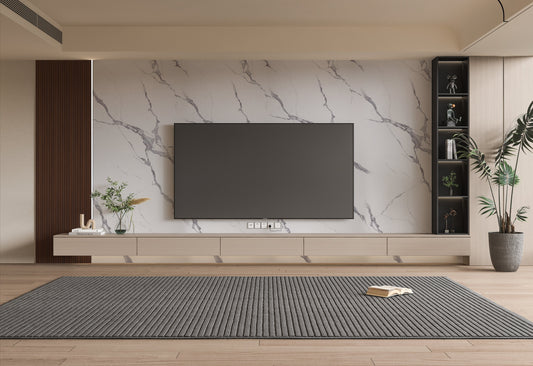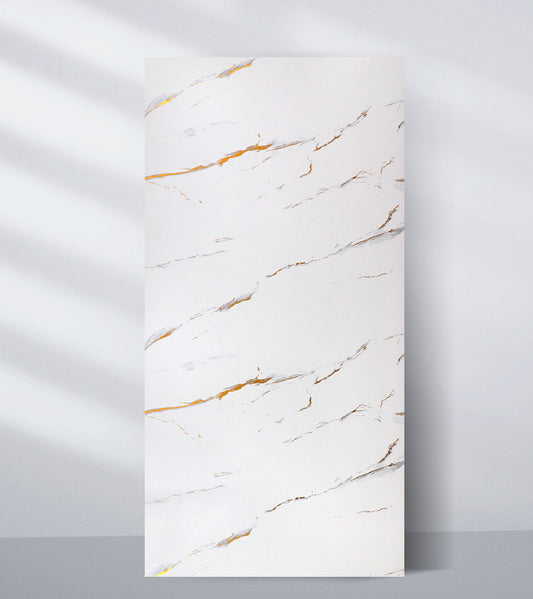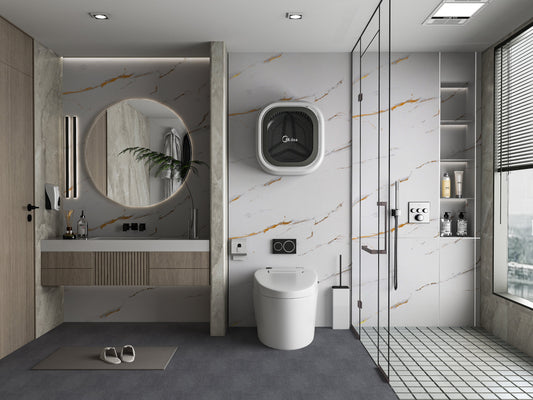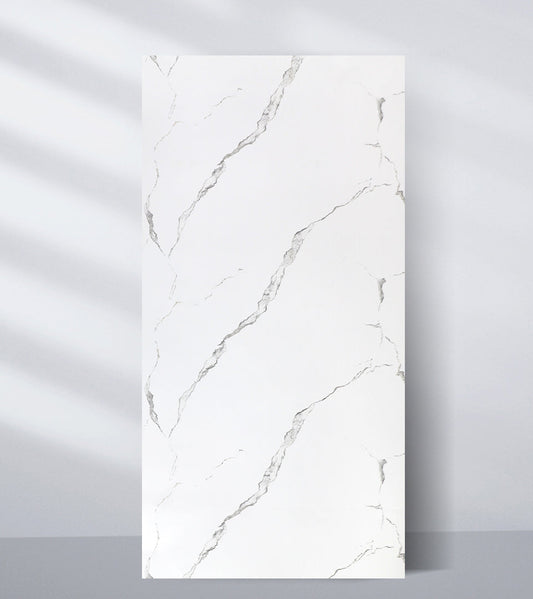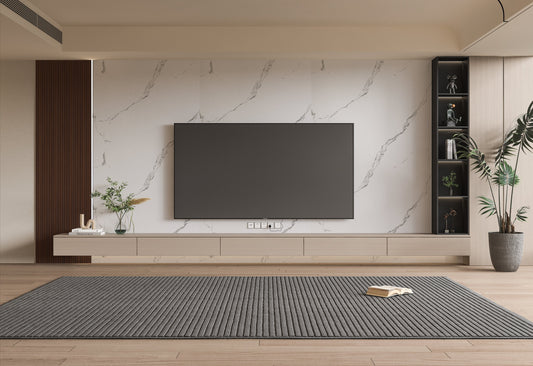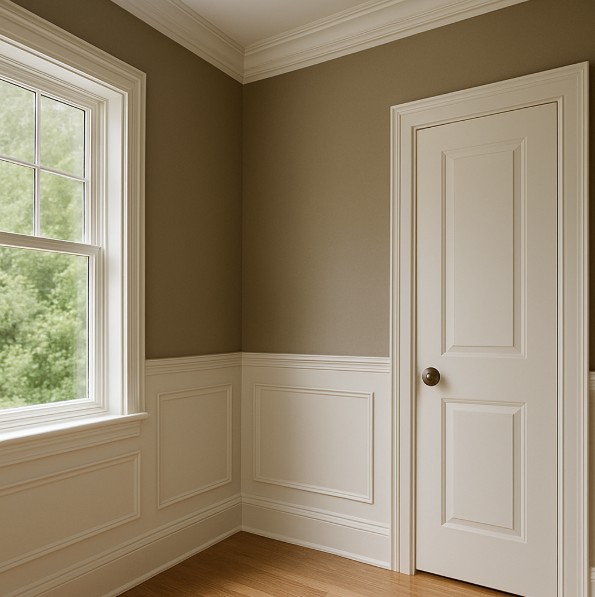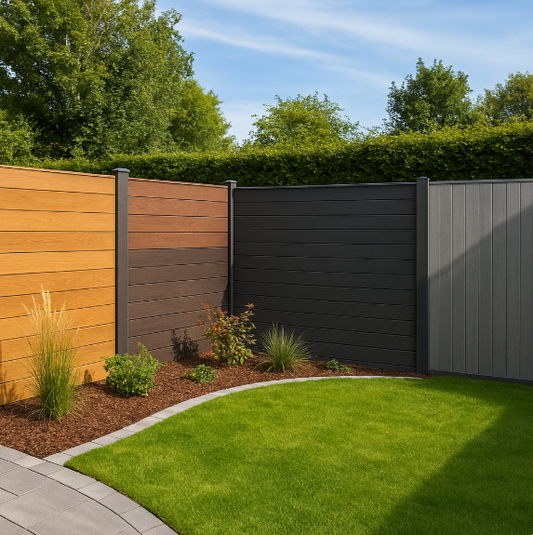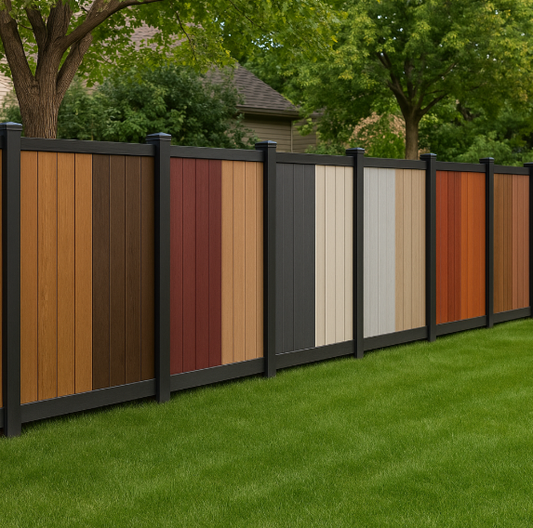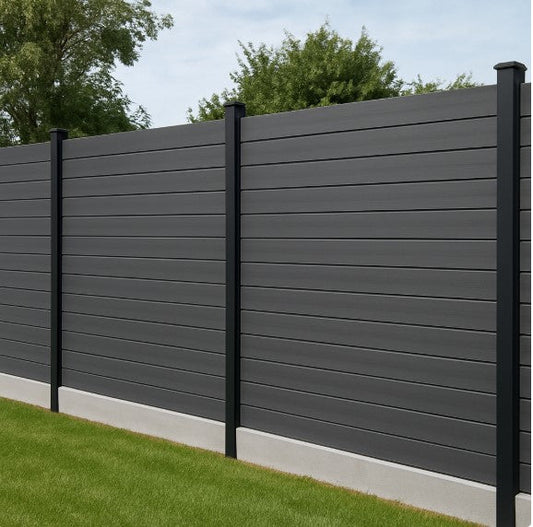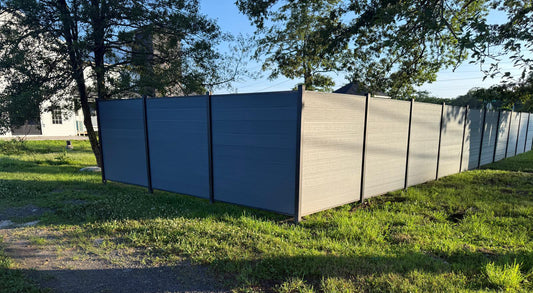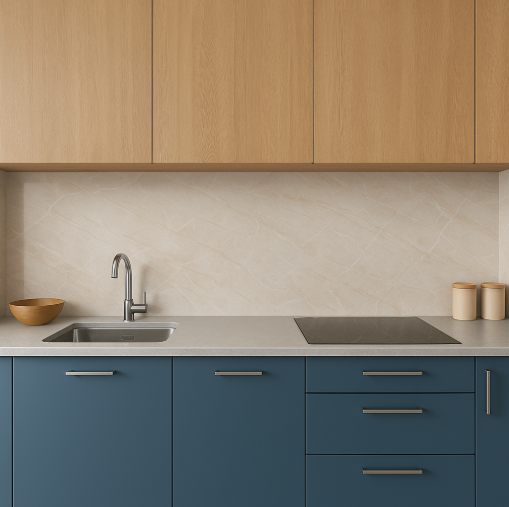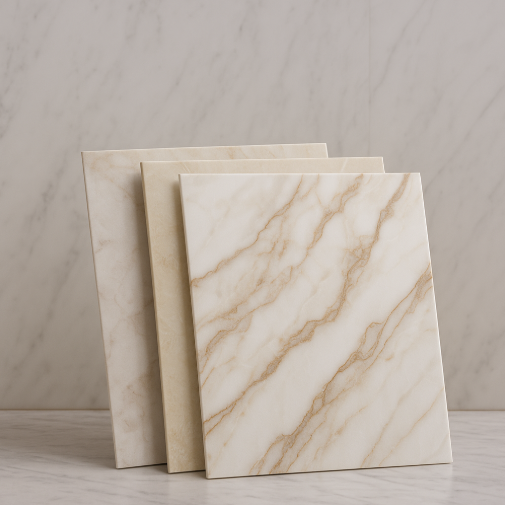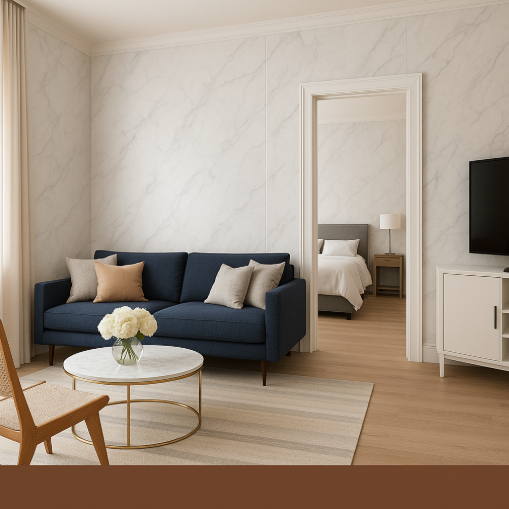Interior trim is the subtle but powerful design element that frames your walls, doors, windows, and ceilings tying your entire home aesthetic together. Whether you’re remodeling an older house or finishing a new build, choosing the right interior trim style is key to elevating the overall visual appeal of your space.
In this guide, we’ll walk you through the most popular interior trim types, how to match them with your home style, and which materials and profiles best suit your space. Whether you're leaning toward modern interior trim ideas or classic profiles, this blog will help you make an informed decision that adds both value and beauty to your home.
What Is Interior Trim?
Interior trim refers to the millwork elements that finish the edges of architectural features inside your home. These include:
- Baseboards – Cover the joint between the wall and floor.
- Crown molding – Transitions between the wall and ceiling.
- Casing – Frames windows and doors.
- Chair rails & wainscoting – Add decorative and protective elements to walls.
- Corner trims and transitions – Cover gaps and add cohesion.
Trim serves both functional and aesthetic purposes. It hides gaps, protects walls, and adds detail to an otherwise plain surface. But with countless styles, materials, and sizes available, how do you choose the best one?
1. Know Your Home’s Architectural Style
The first step in selecting the right interior trim is understanding your home’s architectural character. Trim should complement, not compete with, your existing design. Let’s look at some common home styles and the trim styles that pair well with them:
▪ Traditional Homes
Think Colonial, Victorian, or Craftsman homes. These often feature:
- Wide, detailed baseboards
- Decorative crown moldings
- Paneled wainscoting
👉 Choose trim with ornate profiles, curved edges, and layered designs.
▪ Modern and Contemporary Homes
These styles favor clean lines and minimal ornamentation.
- Flat-stock trims
- Square or rectangular profiles
- Painted finishes in white or matching wall color
👉 Opt for sleek baseboards and simple casing styles to maintain a minimalist feel.
 |

|
▪ Farmhouse or Cottage-Style Homes
These interiors look best with:
- Shiplap walls
- Simple but bold casing
- Wood trims with painted or natural finishes
👉 Mix rustic textures with traditional shapes for a cozy, inviting atmosphere.
2. Understand the Different Types of Interior Trim
Before you buy, get familiar with common interior trim profiles and how they function:
● Baseboards
Baseboards run along the bottom of walls to cover the joint between wall and floor. They come in:
- Heights from 3” to 8”+
- Styles from beveled, colonial, to modern square edge
💡 Higher ceilings often call for taller baseboards.
● Crown Molding
Crown molding sits at the top of walls and gives rooms a polished look.
- Adds dimension and elegance
- Ideal for formal living rooms, dining rooms, and master bedrooms
💡 Even small crown profiles can make an impact in low-ceiling rooms.
● Door and Window Casings
Casings frame doorways and windows, helping them stand out.
- Flat casing: great for modern homes
- Colonial casing: adds depth in traditional spaces
- Backband casing: offers thicker, more layered profiles
💡 Consistency in casing design across the home creates cohesion.
● Chair Rail & Wainscoting
- Chair rail protects walls from chairs and divides walls visually
- Wainscoting adds decorative panels to lower portions of the wall
💡 Use chair rails at around 32–36 inches from the floor for best proportion.
3. Choose the Right Trim Material
Trim materials come in a variety of forms, each with its pros and cons:
▶ MDF (Medium-Density Fiberboard)
- Affordable
- Paintable
- Smooth finish
- Not ideal for humid environments (e.g., bathrooms)
▶ Solid Wood (Pine, Oak, Poplar)
- Durable and high-end
- Paint or stain friendly
- More expensive
▶ PVC & Composite Trim
- Waterproof
- Ideal for kitchens and bathrooms
- Easy to maintain
💡 At Accel Inc, we offer premium composite interior trims that combine durability with design versatility, perfect for high-traffic or moisture-prone areas.
4. Consider Trim Color and Finish
Once you’ve selected the trim style and material, the next important choice is color.
Classic White Trim
- Most popular choice
- Works with any wall color
- Offers crisp contrast and clean edges
Painted Trim
- Match trim to wall for seamless appearance
- Use bold colors (black, navy, gray) for drama
- Perfect for modern and industrial aesthetics
Stained Wood Trim
- Highlights wood grain and warmth
- Ideal for rustic, craftsman, or traditional homes
💡 Gloss and semi-gloss finishes are easier to clean and more durable for baseboards and casings.
5. Use Trim to Define Space
Trim can subtly shape how you experience a space. For example:
- Taller baseboards add luxury to large rooms
- Picture rails allow for creative wall art placement
- Crown molding makes ceilings feel higher
💡 Combine different trim elements like crown, chair rail, and baseboard in large rooms to add proportion and interest.
6. Stay Consistent with Scale and Proportion
One of the biggest mistakes in interior trim design is choosing sizes that don’t suit the space.
Key Guidelines:
- Ceiling under 8 feet: baseboards around 3–5 inches
- Ceiling 9 feet or more: baseboards 6–8 inches
- Crown molding should be proportionate to ceiling height (2–6 inches typical)
💡 Mixing trim styles is okay, but keep scale, color, and finish consistent for visual harmony.
 |

|
7. Don’t Overlook Corners and Transitions
To achieve a polished look, don’t forget about the trim transitions between different rooms or materials. Use:
- Corner blocks for easy installation and detailing
- Transition strips between wall paneling and flooring
- Matching trim across windows and doors for a unified design
Accel Inc offers a variety of corner trims and finishing pieces that are both decorative and practical.
8. Installation Tips & Planning
Should You DIY or Hire a Pro?
- DIY is feasible for flat-stock and MDF trims
- Hire a pro for complex profiles, crown molding, or large homes
Prepping for Trim Installation:
- Paint or stain before installing
- Measure and cut accurately
- Use caulk to fill gaps, and sand between coats
💡 Always plan trim installation after flooring and wall paint to ensure a perfect fit.
Final Thoughts
Choosing the right interior trim style is more than just a decorative decision it’s about enhancing your home’s identity, value, and comfort. Whether you're renovating a single room or upgrading your entire house, paying attention to trim style, material, and proportions will make a lasting impact.
At Accel Inc, we provide top-quality trim materials, from composite wall trims to stylish aluminum edge strips, helping you complete your project with confidence and flair.
👉 Ready to start your interior trim project? Explore our collection of durable, stylish Interior Trim Products and transform your living space with the details that matter most.

